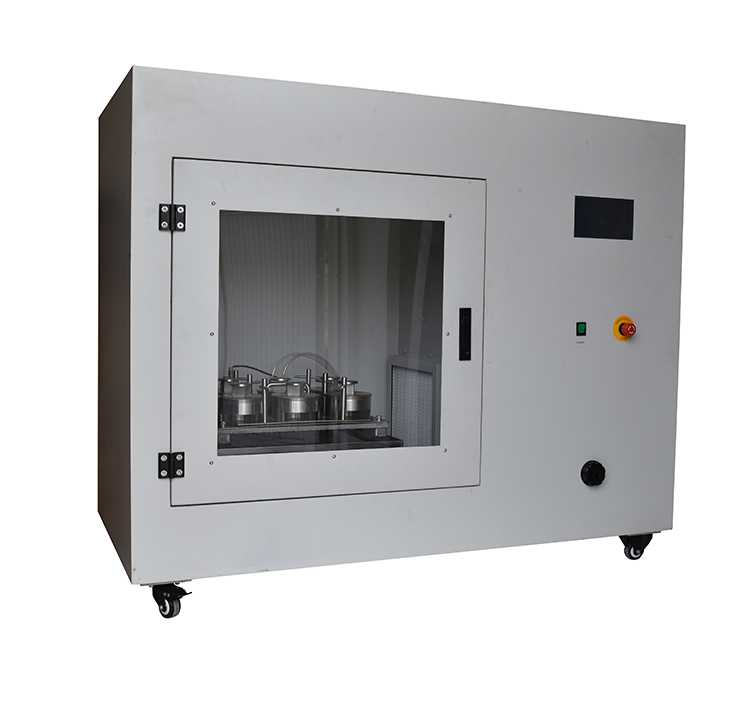The dry microbial penetration tester adopts highly sensitive microbial detection technology.

The dry microbial penetration tester is an experimental device used to test the ability of materials to resist microbial penetration in a dry state. It is mainly used in medical, sanitation, food processing, and other fields to ensure that the material can effectively block the spread of microorganisms and protect personnel and product safety. By simulating the contact between microorganisms and materials in a dry environment, the ability of microorganisms to penetrate materials under specific conditions is evaluated. It usually uses a dry medium containing specific microorganisms, places this medium on the test material, and after a certain period, detects the number of microorganisms on the other side of the material to evaluate the antibacterial performance of the material.

Technical features of the dry microbial penetration tester:
Simulate the real environment: It can simulate the interaction between microorganisms and materials in a dry environment.
Precise control: Precisely control the test conditions, such as temperature, humidity, microbial species, and concentration.
High-sensitivity detection: Adopt high-sensitivity microbial detection technology to ensure accurate results.
Easy operation: User-friendly operation interface simplifies the test process.
Data recording: Automatically record test data for easy analysis and reporting.
Application fields:
Medical and health care: Test the antibacterial properties of medical supplies such as surgical gowns and protective clothing.
Food industry: Evaluate the microbial barrier effect of food packaging materials, work clothes, etc.
Public health: Used in public health facilities to evaluate the cleaning and disinfection effects.
Scientific research: Evaluate the antibacterial properties of new materials in material research and microbiological research.
Operation process of dry microbial penetration tester:
Sample preparation: Prepare material samples according to test requirements.
Set parameters: Set test conditions such as temperature, humidity, time, etc. in the control system.
Inoculate microorganisms: Inoculate specific types and concentrations of microorganisms on material samples.
Conduct test: Put the sample inoculated with microorganisms into the instrument and start the test.
Data collection: After the test is completed, collect data and analyze it.
2024-11-14 10:48

